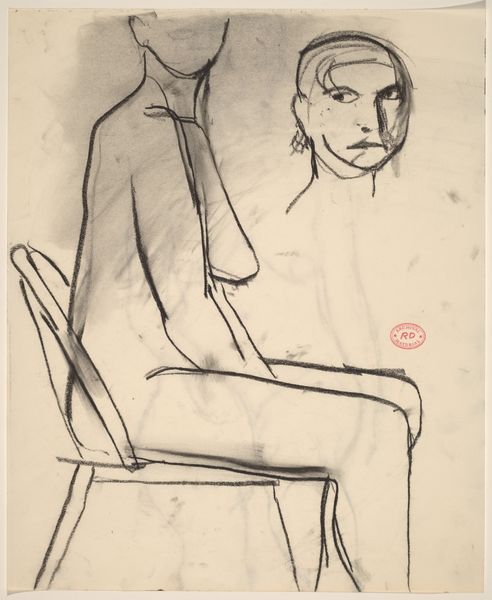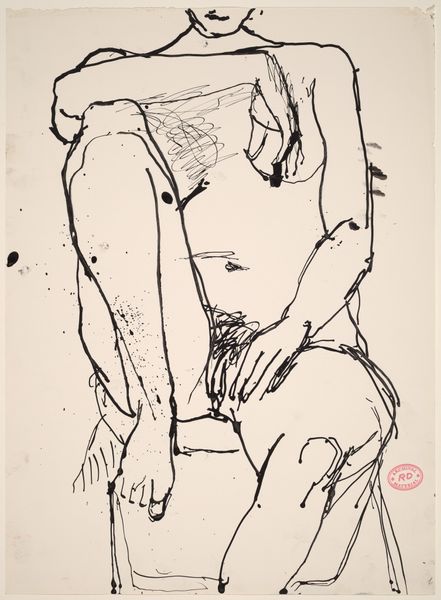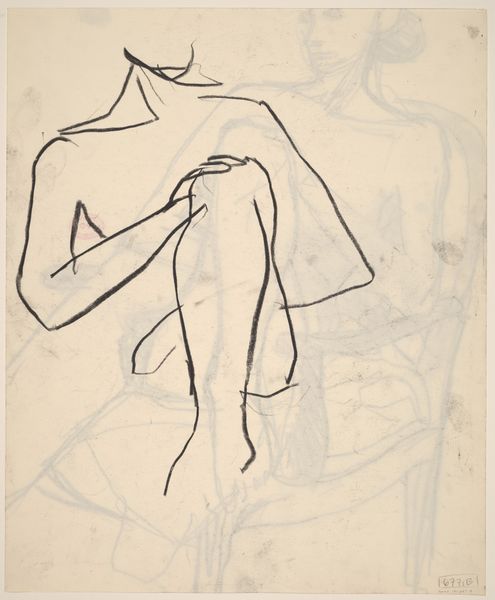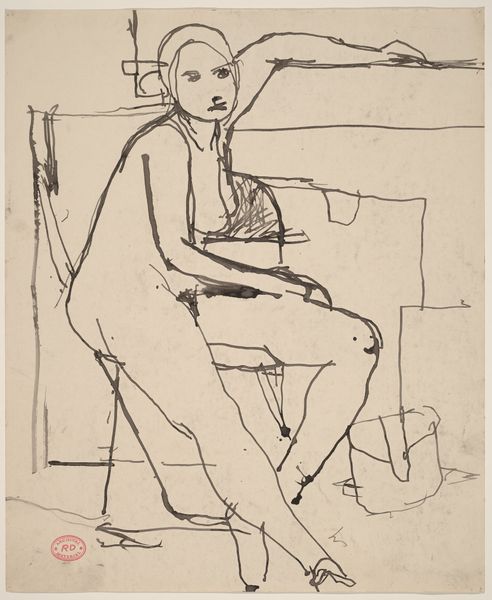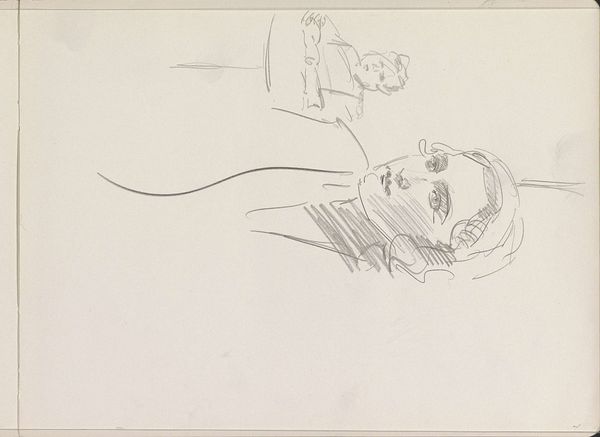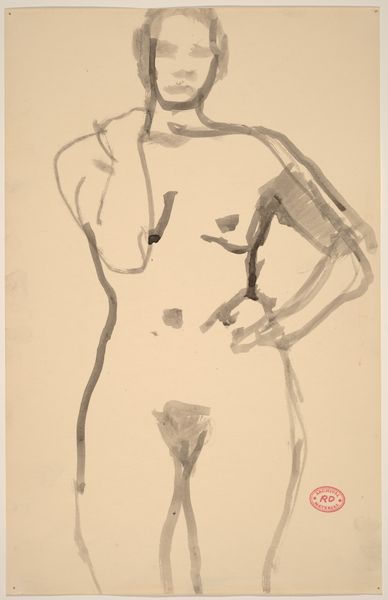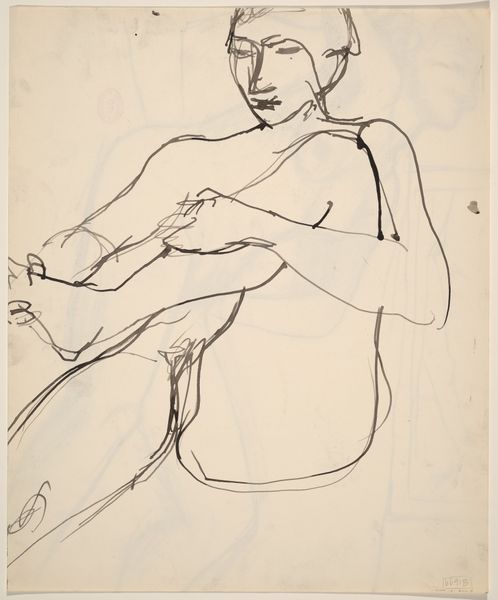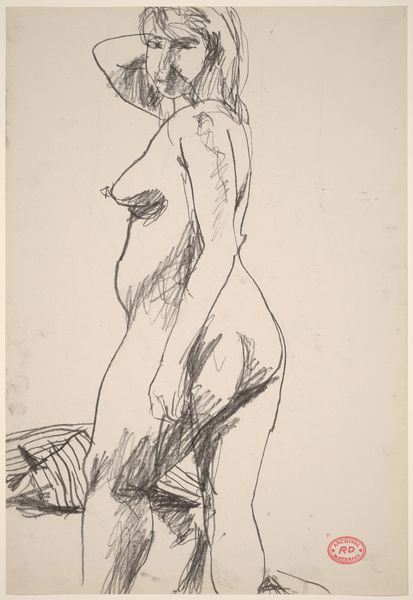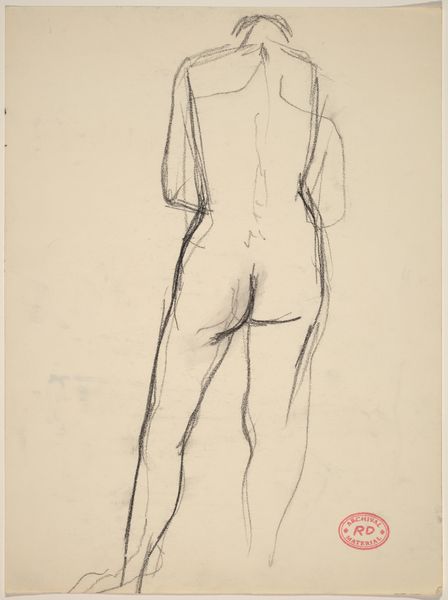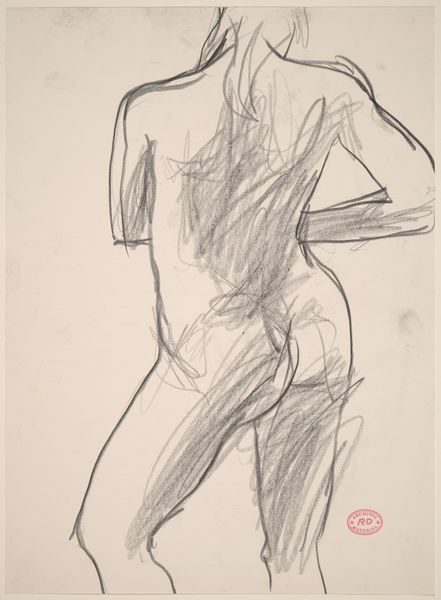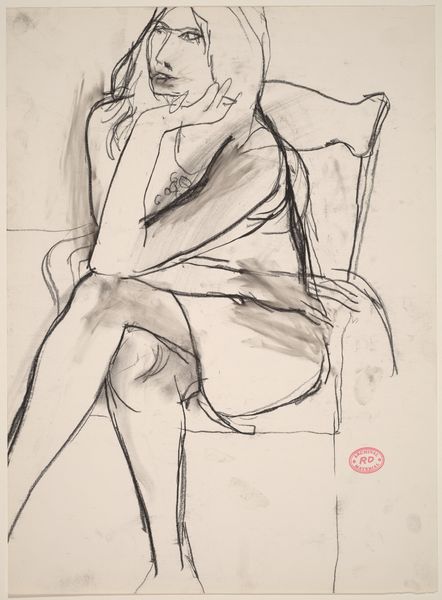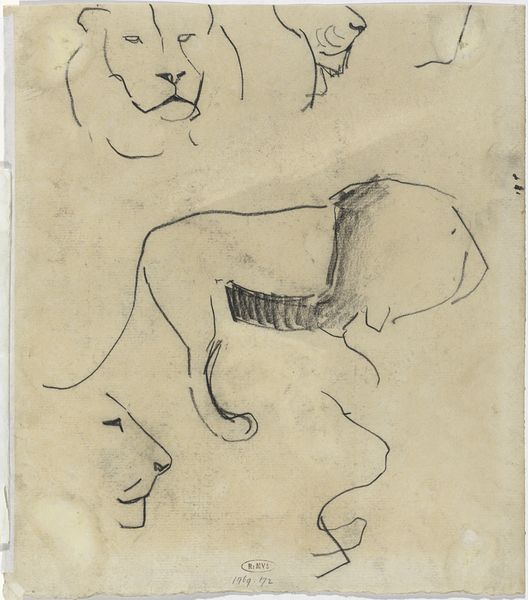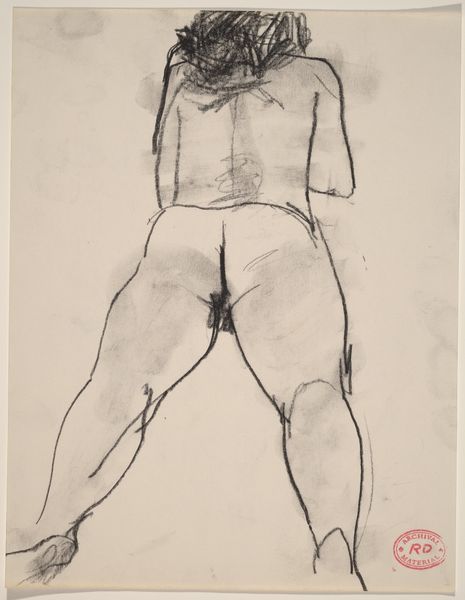![Untitled [studies of a female figure and head] [verso] by Richard Diebenkorn](/_next/image?url=https%3A%2F%2Fd2w8kbdekdi1gv.cloudfront.net%2FeyJidWNrZXQiOiAiYXJ0ZXJhLWltYWdlcy1idWNrZXQiLCAia2V5IjogImFydHdvcmtzLzcyZjJjMGU4LWFmMzMtNGU2MC04MWQ4LTBjNzA0MzE3NzRhMC83MmYyYzBlOC1hZjMzLTRlNjAtODFkOC0wYzcwNDMxNzc0YTBfZnVsbC5qcGciLCAiZWRpdHMiOiB7InJlc2l6ZSI6IHsid2lkdGgiOiAxOTIwLCAiaGVpZ2h0IjogMTkyMCwgImZpdCI6ICJpbnNpZGUifX19&w=3840&q=75)
Untitled [studies of a female figure and head] [verso] 1955 - 1967
0:00
0:00
#
bay-area-figurative-movement
Dimensions: overall: 37.2 x 47 cm (14 5/8 x 18 1/2 in.)
Copyright: National Gallery of Art: CC0 1.0
Curator: Before us is a drawing by Richard Diebenkorn, "Untitled [studies of a female figure and head] [verso]," created sometime between 1955 and 1967, rendered in pen and ink. Editor: Well, the immediacy of the line is striking. It has a kind of raw, almost frenetic energy. The tilted head and floating figure imply motion. It's restless. Curator: The quick, fluid lines definitely convey a sense of urgency and process. Diebenkorn often worked in series, exploring a theme through numerous iterations. Consider the act of drawing itself – the movement of the pen, the quality of the ink, the social conditions of postwar America where ideas about the body and representation were constantly being renegotiated. What stories do these studies tell of labor? Of artistic intent? Editor: I am much more interested in the way the composition functions on the picture plane. The interplay of positive and negative space is dynamic. Note the contrasts in line weight and density. Diebenkorn employs deliberate anatomical distortion. It reminds me of Matisse. Curator: But Diebenkorn wasn’t just mimicking forms. He was actively participating in the discourse around figuration and abstraction, something the Abstract Expressionists were exploring. How does the availability of materials influence his artistic choice, shaping not just what he depicts but also how accessible art production becomes to the wider public? Editor: Those socio-political aspects are less compelling to me. To truly see it is about careful, measured looking. The artist masterfully achieves visual balance, the gestural and abstract blending with carefully weighted elements, allowing you to decipher a figure emerging from ground. The economy of line communicates the human form elegantly and directly. Curator: It makes me wonder how labor conditions affected artistic creation in California in the mid-20th century, and if such drawings offered the working classes new narratives about themselves. Editor: Ultimately, the aesthetic power of these shapes derives from their intrinsic formal relationships on a flat surface. We look at something fundamental to his aesthetic vision. Curator: A potent reminder of the power of context to shift the meaning we derive from it. Editor: Yes, a good opportunity to slow down and really look.
Comments
No comments
Be the first to comment and join the conversation on the ultimate creative platform.
